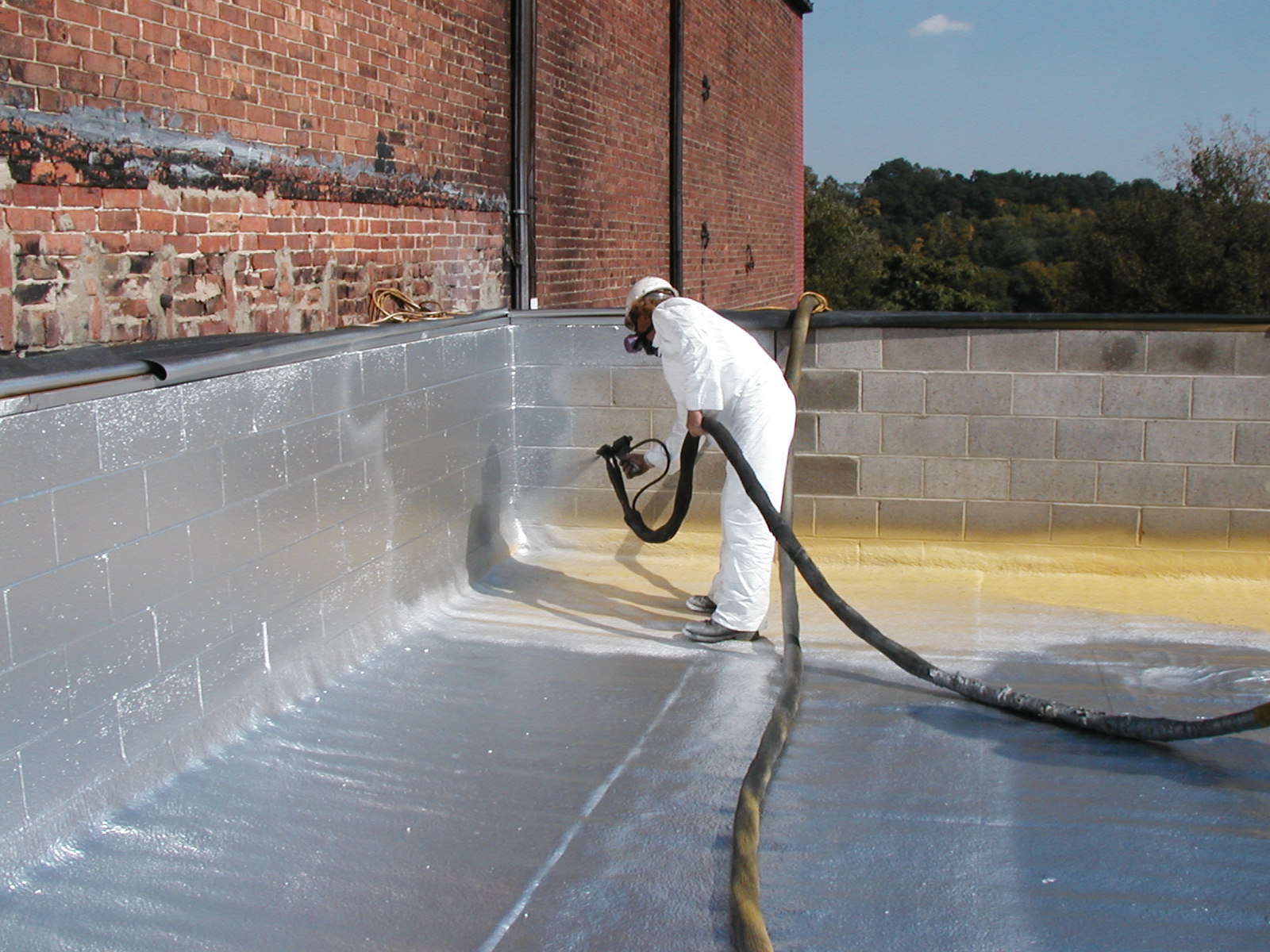Waterproofing is a vital aspect of home maintenance that frequently gets ignored. Many property owners fail to realize the importance of keeping their houses safe from water damage, which can lead to costly repairs and long-term structural issues. Grasping why waterproofing is essential for all home and building is the first step towards securing a safe and damp-free environment for your loved ones. With the potential to save lots in repairs, the gains of waterproofing significantly exceed the initial cost.
In this ultimate guide to waterproofing, we will cover everything you need to know about safeguarding your house from water damage. Whether you're dealing with a dripping basement, a weak roof, or moisture-prone areas like bathrooms and kitchens, our checklist will provide you with the knowledge you need to take steps. From disproving popular waterproofing myths to recognizing the signs that your property needs care, we have you included. Let's dive into the key strategies for waterproofing success and make your home a fortress against water.
Grasping the Significance of Waterproofing
Waterproofing is an critical aspect of property and infrastructure maintenance that often goes overlooked. Without sufficient waterproofing, a property is prone to liquid damage, which can lead to structural issues, fungal growth, and expensive fixes. By applying waterproofing solutions, residential caretakers can defend their assets and boost the overall resilience of their buildings.
One of the primary reasons waterproofing is crucial is the avoiding of liquid penetration. Whether it's through the base, roof, or sides, moisture can leak into a structure, causing deterioration that may not be apparent at first. By tackling these potential infiltration sites, caretakers can avoid major financial burdens related to fixes and refurbishments in the future. Not only does waterproofing protect against present risks, but it also serves as a preventative measure against potential dangers.

In addition, effective waterproofing enhances to energy savings in properties. When water is regulated, the chance of thermal inefficiency due to dampness is lessened, resulting in lower climate control expenses. Spending on waterproofing not only defends your building but also offers financial benefits through possible reductions, making it an necessary consideration for any building manager.
Crucial Moisture-Proofing Methods and Approaches
Efficient waterproofing starts with a comprehensive evaluation of your home to recognize susceptible areas. For basements, applying waterproof coatings and membranes on sides and floors can halt moisture seepage. Interior strategies such as drainage systems and sump pumps aid manage water infiltration by directing it away from key areas. Additionally, ensuring that gutters and downspouts are working well can reduce water accumulation near your foundation.
When dealing with roofs, picking the appropriate waterproofing materials is essential. Liquid waterproofing membranes are popular for flat roofs, as they provide a seamless barrier against leaks. For angled roofs, choosing quality waterproofing coatings can protect against severe weather and increase the lifespan of roofing materials. https://postheaven.net/bakerypillow8/a-role-of-waterproofing-systems-in-energy-efficiency is vital, including checking for cracks and ensuring seals around vents and chimneys are intact.
Ultimately, waterproofing outdoor structures such as decks and patios requires particular techniques to enhance durability. Utilizing sealants formulated for exterior surfaces can stop water damage and improve durability. For balconies and terraces, proper drainage systems are crucial to stop water gathering and subsequent structural issues. By implementing these techniques, homeowners can ensure comprehensive protection from moisture-associated problems.
Formulating Informed Choices: DIY vs. Professional Waterproofing
When evaluating between DIY and professional waterproofing, it is important to evaluate your capabilities, the difficulty of the project, and the possible risks entailed. DIY waterproofing can be appealing due to the lower costs and the sense of achievement of completing a home improvement project. However, many homeowners misjudge the details required in effectively waterproofing areas like cellars or roofing. Mistakes made during a DIY project can result in more significant issues down the line, which could costing higher in repairs than if a professional had been hired from the start.
Conversely, hiring a skilled waterproofing contractor provides that the job is done correctly and effectively. Professionals bring expertise, specialized tools, and the availability of high-quality materials that the average homeowner may not have. In addition, they can identify hidden issues that may not be clearly apparent to an untrained eye. This level of thoroughness can save homeowners time and money over the long term by preventing problems such as mildew growth, structural damage, and potential health hazards from leakage.
In conclusion, the decision between DIY and professional waterproofing should depend on your level of comfort with home improvement projects, the specific requirements of the waterproofing task at hand, and your financial limits. If the project is clear-cut and you have the necessary skills, DIY may be the best option. However, for trickier challenges or if you are uncertain, investing in expert services is often the wiser choice, offering assurance and long-lasting results.
